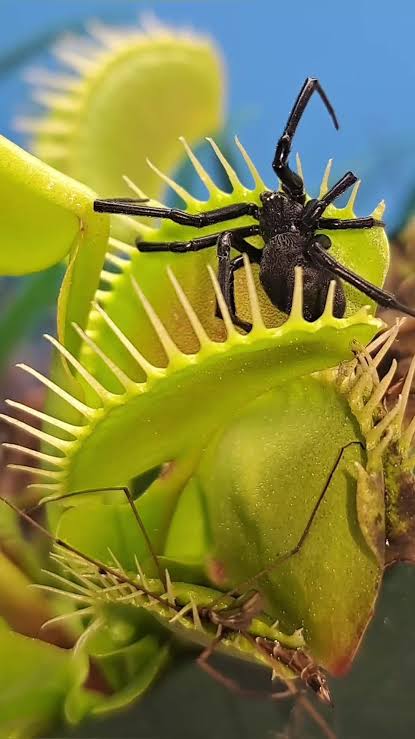Few plants capture the imagination like the Venus fly trap. With its spiky jaws and insect-catching abilities, this carnivorous plant is both fascinating and functional. But despite its exotic reputation, learning 👌 so simple, so clever: how to care for a Venus fly trap plant done right! is easier than you think. With the right knowledge, you can keep your fly trap thriving year after year.Why Choose a Venus Fly Trap?Unique Appeal: Its snapping traps make it one of the most exciting houseplants.Natural Pest Control: It snacks on flies, gnats, and small bugs.Conversation Starter: Perfect for adding intrigue to your windowsill or desk.Venus fly traps are native to the wetlands of North and South Carolina in the United States, so their care revolves around mimicking those natural conditions.The Basics: What a Venus Fly Trap NeedsLight RequirementsPlace your Venus fly trap where it can get at least 4–6 hours of direct sunlight daily.If indoors, use a strong grow light for 12–16 hours.Without enough light, traps may weaken and fail to close.Soil SetupUse a mix of sphagnum moss and perlite or sand.Avoid standard potting soil—it’s too rich and will harm the plant.Think poor, acidic soil that mimics its swampy home.Watering TipsAlways use distilled water, rainwater, or reverse osmosis water. Tap water often contains minerals that can kill the plant.Keep soil consistently moist but not soggy.A tray under the pot with a small amount of water works best.Feeding Your Venus Fly TrapOne of the coolest parts of owning this plant is watching it eat. But don’t overdo it!What to feed: Small live insects like flies, gnats, or spiders.How often: 1–2 bugs per month is plenty.Avoid: Human food like meat or cheese—it will rot the trap.Remember: A Venus fly trap can survive without being hand-fed if it catches enough bugs on its own.Seasonal Care: Dormancy Is KeyVenus fly traps need a winter dormancy period (November to February). This is when the plant rests and prepares for strong growth in spring.Place the plant in a cool, bright spot (around 35–50°F / 2–10°C).Growth will slow, and traps may die back—this is normal.Water less, but don’t let the soil dry out completely.Skipping dormancy weakens the plant and shortens its lifespan.Creative Care IdeasSince this plant is already unusual, why not get creative?Terrarium Display: Place your Venus fly trap in a clear container with moss for a striking centerpiece.Mini Swamp Garden: Pair it with pitcher plants or sundews for a carnivorous plant collection.Educational Corner: Perfect for kids and classrooms—teaches about unique ecosystems.This is where 👌 so simple, so clever: how to care for a Venus fly trap plant done right! shines—you can keep it healthy while enjoying its quirky personality.Common Mistakes to AvoidUsing tap water – minerals are deadly to fly traps.Feeding too often – overfeeding can exhaust the plant.Lack of dormancy – skipping winter rest weakens growth.Insufficient light – sunlight (or strong grow lights) is essential.ConclusionTaking care of a Venus fly trap may sound intimidating, but with the right conditions, it’s straightforward and rewarding. From providing pure water and plenty of sunlight to respecting its winter dormancy, you now know how to keep this plant thriving.👌 So simple, so clever: how to care for a Venus fly trap plant done right! isn’t just about keeping a plant alive—it’s about nurturing one of nature’s most extraordinary creations in your own home.

